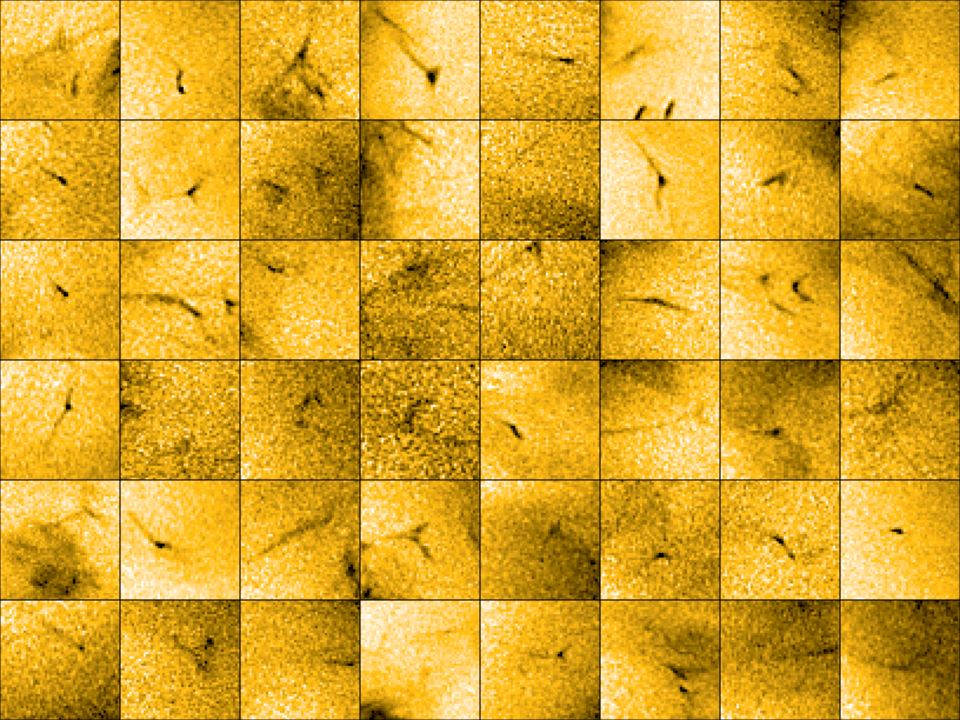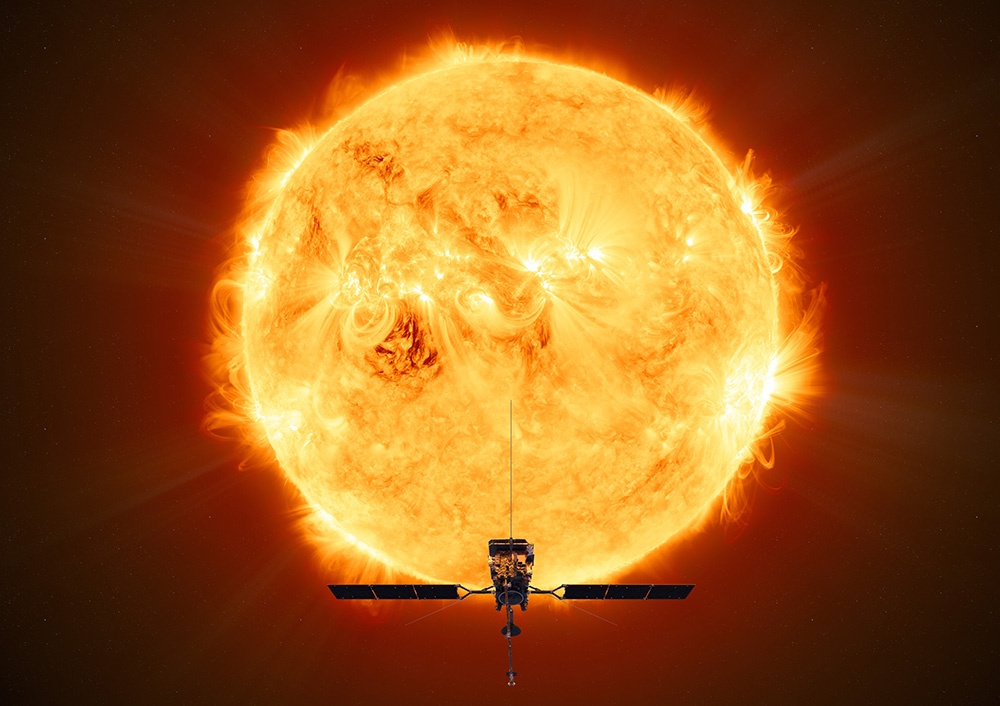Is the Solar Wind Coming From These Tiny Jets on the Sun?
By Carolyn Collins Petersen
Ever since the first direct observations of the solar wind in 1959, astronomers have worked to figure out what powers this plasma flow. Now, scientists using the ESA/NASA Solar Orbiter spacecraft think they have an answer: tiny little outbursts called “picoflares” They flash out from the corona at 100 kilometers per second.
The discovery comes from highly detailed extreme ultraviolet studies of a coronal hole at the Sun’s south pole. The observations revealed a collection of short-lived, faint features associated with tiny plasma jets ejected from the Sun. “We could only detect these tiny jets because of the unprecedented high-resolution, high-cadence images produced by EUI,” said Lakshmi Pradeep Chitta, Max Planck Institute for Solar System Research, Germany. In a paper describing the observations, Chitta and colleagues outline the observations and findings.
Creating the Solar Wind
The solar wind is responsible for a number of phenomena in the Solar System. It impacts magnetic fields around various worlds, including Earth, and plays a role in space weather events like aurorae. It also affects comets, shaping their plasma tails as these icy bodies whip around the Sun.
Although this wind is a fundamental feature of the Sun, solar physicists haven’t always had a definitive explanation for what generates it. They’ve known for quite some time that it’s mostly associated with coronal holes. These are magnetic structures in the corona and appear as dark regions on the solar surface. Essentially, they’re places in the solar atmosphere where the magnetic field doesn’t duck back down into the Sun. Rather, their magnetic field lines extend out from the Sun and through the Solar System. Naturally, plasma can flow along those “exit lines” and that’s what the solar wind is: an escape of plasma from the Sun. But, the big question remains: what launches it in the first place?
Coronal holes can appear nearly anywhere on the Sun, although they occur quite often around the polar regions. They seem to be more common and last longer during the quiet part of the solar cycle (solar minimum). However, they also show up during solar maximum.
Jets and the Solar Wind
The idea of jets and outbursts from the Sun is not new and solar physicists observe a range of them. The largest are coronal mass ejections. These carry huge amounts of energetic particles out through space. There are also events called X-class solar flares. Then, there are the solar nanoflares These are less energetic but still influential. They have about a billion times less energy than the huge solar flares, but they happen nearly constantly. They could well be responsible for heating the corona to its incredibly high 2-million-degree temperatures.
Picoflares carry less power than nanoflares. Those tiny jets discovered by Solar Orbiter show about a thousand times less energy than a nanoflare. However, they seem to pack a mighty punch. Most of their energy gets channeled into ejecting plasma away from the Sun. That contributes to the near-constant flow of the solar wind. They’re ubiquitous enough that they probably eject a larger fraction of the solar wind than expected.

There’s still quite a bit to learn about this process, but ongoing Solar Orbiter studies should help explain the mechanism further. “One of the results here is that to a large extent, this flow is not actually uniform, the ubiquity of the jets suggests that the solar wind from coronal holes might originate as a highly intermittent outflow,” said Andrei Zhukov, Royal Observatory of Belgium, a collaborator on the work who led the Solar Orbiter observing campaign.
Next Steps
Solar Orbiter isn’t done measuring these constant little ejections. It’s actually circling the Sun in the equatorial regions at the moment. Eventually, its orbit will cover the polar areas. Luckily, that change in orbit will also help the spacecraft study changes in the Sun as the current solar cycle progresses. That means it will be able to study these tiny structures in coronal holes that show up at different solar latitudes.
For More Information
Solar Orbiter Discovers Tiny Jets that Could Power the Solar Wind
Picoflare Jets Power the Solar Wind Emerging from a Coronal Hole on the Sun
arXiv Article
The post Is the Solar Wind Coming From These Tiny Jets on the Sun? appeared first on Universe Today.

August 30, 2023 at 03:23AM
via Universe Today read more...

Post a Comment